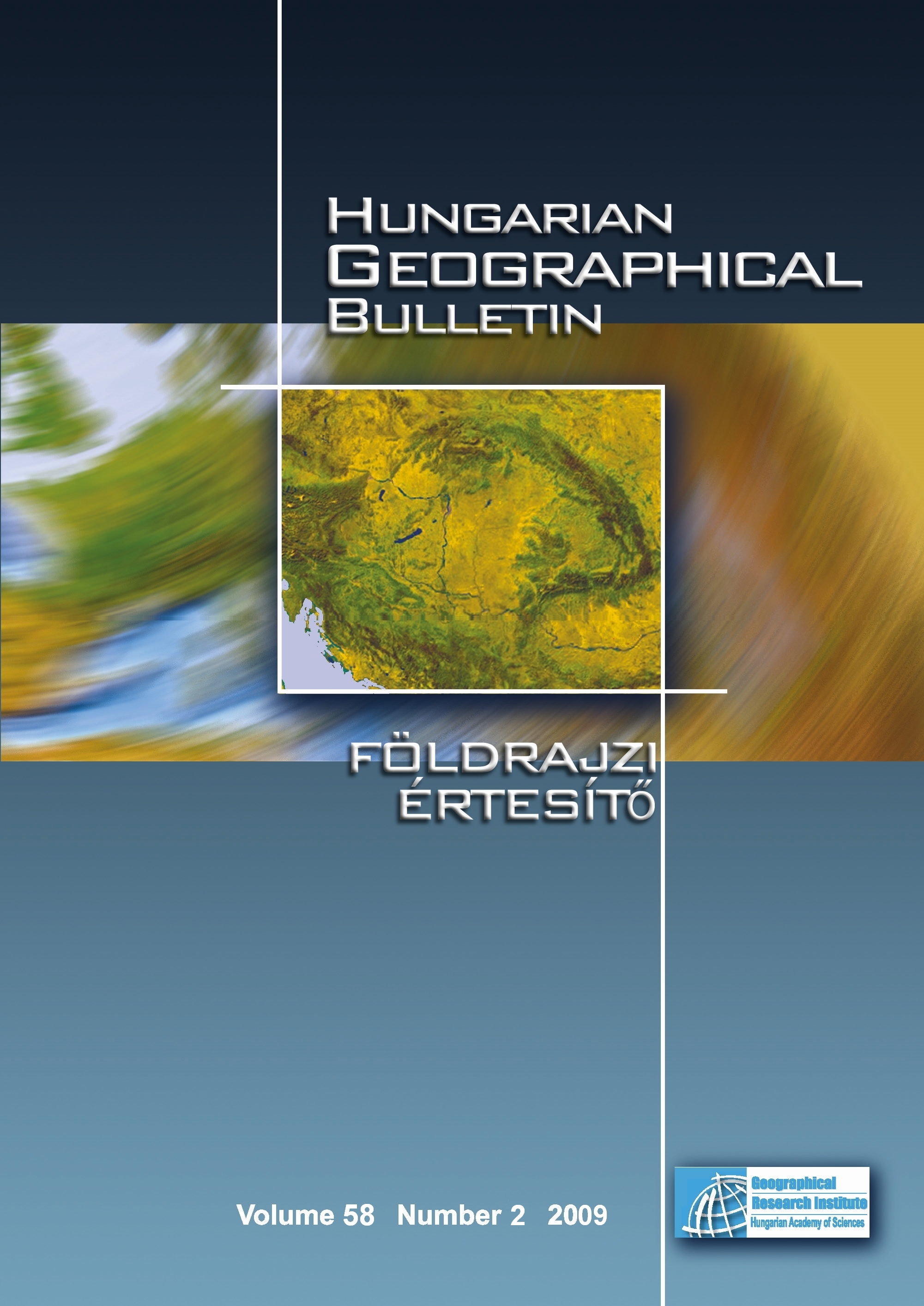Degree of human transformation of landscapes: a case study from Hungary
Abstract
CORINE land use categories were used to identify the scale of human impact on the landscapes. The test area covered 12 natural microregions in north-eastern Hungary (Figure 1). It was found that of the 12 microregions the oligohemerobe areas dominated in three, β-euhemerobe in eight whereas α-euhemerobe areas prevailed in one of them. The standard deviation value of the oligohemeroby data is the highest. There is not a single microregion in the study area with unfavourable landscape structure for ecotops from the aspect of human impacts. It is reasonable to weigh the different hemeroby levels. The dataset in Table 3 is the numerical representation of the degree of anthropogenic impacts when spatial ratios are taken into account. Adding up the weighed hemeroby values the degree of anthropogenic load on the landscape can be calculated. The resulting parametercan be called the hemeroby index (Table 5).
Copyright (c) 2009 Péter Csorba, Szilárd Szabó

This work is licensed under a Creative Commons Attribution-NonCommercial-NoDerivatives 4.0 International License.






